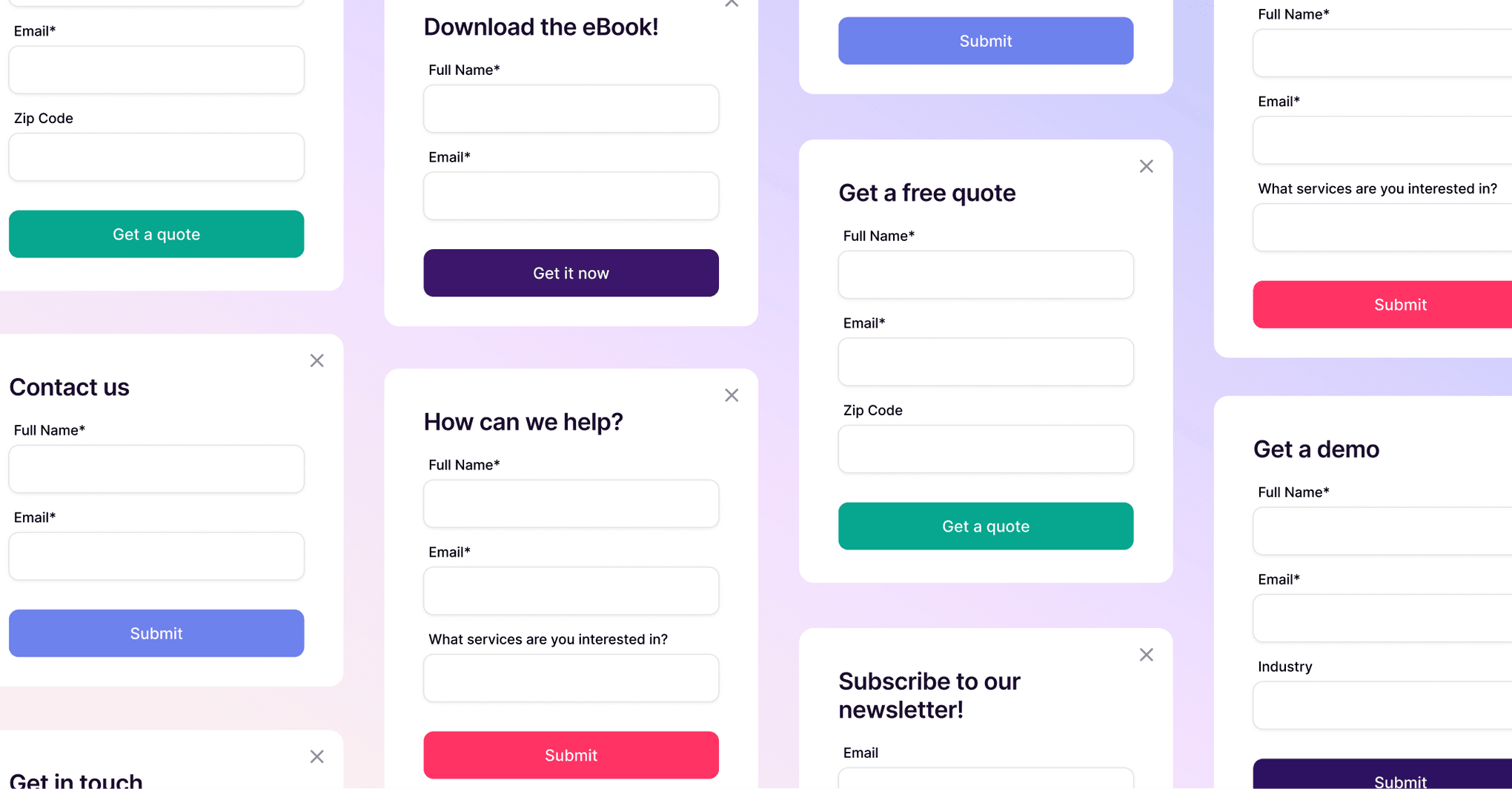Jemicah Marasigan
Content Marketing Manager
There’s a moment — maybe in a pitch meeting, on a Zoom call, or mid-scroll through LinkedIn — when it hits you. That sneaky, stomach-dropping question: “What am I even doing here?”
Congratulations. You’ve just met imposter syndrome at work, the uninvited guest that shows up with opinions about your capabilities the minute things start going well.
But let’s get one thing straight: you’re not alone.
So if you’ve ever questioned your competence, felt like a fraud, or worried someone would “find you out,” welcome to the club. It’s crowded, a little chaotic, and full of wildly competent people doubting themselves unnecessarily.
Where imposter syndrome comes from (hint: it’s not just in your head)
We love to treat imposter syndrome like a personal flaw. Like if you could just think more positively, say your affirmations, or be a little more confident, it would magically disappear. But the truth? It’s not just mindset — it’s environment.
The culture of busyness. The vague expectations. The pressure to prove your worth over and over again. That stuff chips away at even the most self-assured people.
Now layer in the realities of running a business: You’re not just doing the work — you’re leading a team or even managing freelancers, juggling clients (whether ad hoc or retainers), navigating chaos, and still somehow comparing yourself to that agency down the street who looks like they have it all together on LinkedIn.
You’re often comparing yourself to competitors without knowing how they’re really doing. They might be in the exact same boat and secretly jealous of you!
And if you’ve ever felt like you were way more confident at the start of your business than you are now? That’s actually textbook Dunning-Kruger effect. In the early days, it’s easy to overestimate what you know. Years later, with more experience under your belt, you’re suddenly more aware of everything you don’t know — and that awareness feels like doubt.
Now layer in burnout? Oof. A survey from Asana found that 42% of workers experience both burnout and imposter syndrome at the same time. Which makes total sense. When you’re juggling too much and running on empty, it’s way easier to believe that voice saying, “You’re not doing enough.”
But that’s actually a sign of growth.
Imposter syndrome doesn’t go away when you “make it”
A lot of people think imposter syndrome is just a beginner thing. Like once you land the dream client, get the promotion, start your own agency, or 10x your business, it’ll magically disappear.
But the truth? It doesn’t. It just evolves.
Even amongst CEOs, 71% still experience imposter syndrome in the workplace — even with years of experience under their belts. So yes, even the person you look up to might be silently Googling acronyms mid-call.
Because growing your business doesn’t quiet the doubt, it just changes the script. You’re leading a team, managing clients, hitting milestones, and building something real… and still, a part of you wonders if it’s all just luck.
But it’s not. You didn’t accidentally build a business with people who rely on you, trust your vision, and move when you move. That doubt? It’s just your brain trying to catch up to the pace of your own growth.
And if you’re the kind of leader who’s always evolving, learning how to get over imposter syndrome isn’t about eliminating self-doubt entirely — it’s about recognizing that doubt is a side effect of growth, not a sign of failure.
Get the latest from our blog every month
Try these tips to help you get over imposter syndrome when the self-doubt kicks in
If you’re feeling that creeping sense of “I don’t belong here,” here are a few things that might help you deal with imposter syndrome in the workplace:
Reframe it as growth. Feeling like you’re in over your head? That’s often proof you’re leveling up — not lagging behind. As Agency Darlings put it: If you’re not feeling it, you’re probably not growing. When that voice says, “You’re not ready,” flip it to “This opportunity exists because I’ve earned it.” Because you have.
Talk to someone who gets it. Reach out to a peer, mentor, or trusted colleague. Say the thing out loud: “I’m freaking out about [insert thing].” Let them remind you of your track record and zone of genius. (Agency Darlings called this a must-have — someone to check your brain when it’s lying to you.)
Ditch perfection. Perfectionism is imposter syndrome’s best friend. But growth doesn’t come from getting it perfect: it comes from doing it, learning from it, and doing it better next time. Your first podcast episode? Your new service launch? It won’t be flawless. But it will be yours. And that’s the point.
Redefine what “success” looks like. Only celebrating big wins means you miss all the small-but-important stuff: better processes, stronger team dynamics, showing up when things feel hard. Start tracking those moments, too. They’re what actually move the needle.
Limit comparison triggers. Research shows that social comparison fuels imposter syndrome — especially on platforms like Instagram and LinkedIn. Mute, unfollow, or log off for a bit. Protect your peace like it’s part of your job (because it kind of is).
Read the stats. Knowing that so many others feel the same can be comforting. According to an episode of Agency Darlings, 84% of entrepreneurs experience imposter syndrome. Translation: it’s not a personal flaw, it’s a professional rite of passage.
Rethink success metrics. If you only celebrate end results, you’ll miss the value of the process. Try rewarding yourself for showing up, not just for “winning” because progress counts too.
Look backward. Journal your wins. Track your growth. Notice how far you’ve come even when your brain forgets. If it helps, imagine you’re your own manager writing your year-end review. Agency Darlings said it best: sometimes the best way to build confidence is to look back and realize, “Everything went better than I thought it would. So why was I doubting myself in the first place?”
Set a timer and do the thing. Action breeds confidence. Send the pitch, hit publish, rekindle that relationship that went cold, make the ask. Start with 10 minutes. No overthinking, no over-editing!
Separate fact from feeling. Just because it feels hard doesn’t mean it’s wrong. Ask yourself: What do I know is true here? Your feelings are valid, but your calendar full of wins is evidence.
Reassess your systems. Sometimes the fix isn’t internal, it’s organizing your systems so you can focus. If your workspace is a digital tornado, you’re not “behind,” you’re buried. And when your brain is busy playing hide-and-seek with your own progress, it’s no wonder imposter syndrome feels louder than logic.
You don’t need louder thoughts, you need better tools.
Imposter syndrome in the workplace doesn’t always sound like “I’m not good enough.” Sometimes, it sounds like “Did we drop the ball on that?” or “Why does it feel like I’m always playing catch-up?”
Because when your sales pipeline is unclear, client updates are scattered across platforms, and your team’s to-dos are split between Slack, spreadsheets, and memory, that nagging feeling of self-doubt gets louder. And suddenly, it’s not just “Am I qualified to lead this business?” it’s “Am I even in control of this?”
The truth? Feeling that way doesn’t mean you’re doing something wrong. It means your business has grown and your systems need to catch up.
If you're wondering how to get over imposter syndrome at this stage, start by removing the chaos that fuels it. Confidence isn’t just a mindset. It comes from visibility, clarity, and knowing that nothing’s slipping through the cracks.
Maybe that means finding content tools to help grow your marketing initiatives, maybe it’s organizing that Google Sheet or calendar you’ve been avoiding, or maybe it’s finally automating those emails you’ve been ignoring. Whatever it is, it’s time to figure out a system that works for you.
And if your work involves managing clients, projects, or timelines, having a dedicated client and project management system matters even more. That’s where a platform like Copper comes in. It keeps your relationships, deliverables, and follow-ups all in one place — so when imposter syndrome whispers, “You’re missing something,” you can calmly say, “Nope, it’s right here.”
Because sometimes the difference between chaos and clarity isn’t mindset: it’s the setup.
Remember: You’re not the only one winging it
Getting over imposter syndrome isn’t about silencing all doubt forever. It’s about recognizing that the feeling is common, it’s not fatal, and it doesn’t reflect your actual skill.
The next time you feel like the only one winging it, remember: some people just narrate louder. You’re not less qualified — you’re just honest enough to question yourself. That’s not insecurity. That’s self-awareness.
And with a little help from tools like Copper to keep your chaos in check, you can stop looking for confidence in the mirror — and start finding it in your track record.
(And hey, if you want to test that theory? There’s a 14-day free trial with your name on it.)
You’re doing better than you think. (Even if your inner monologue still needs a hug.)






